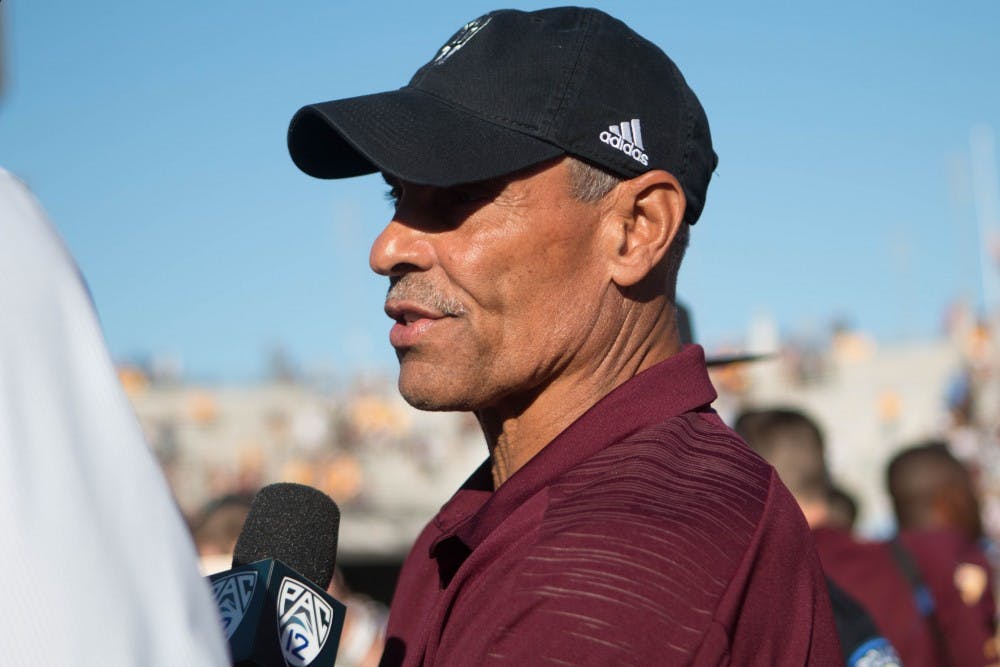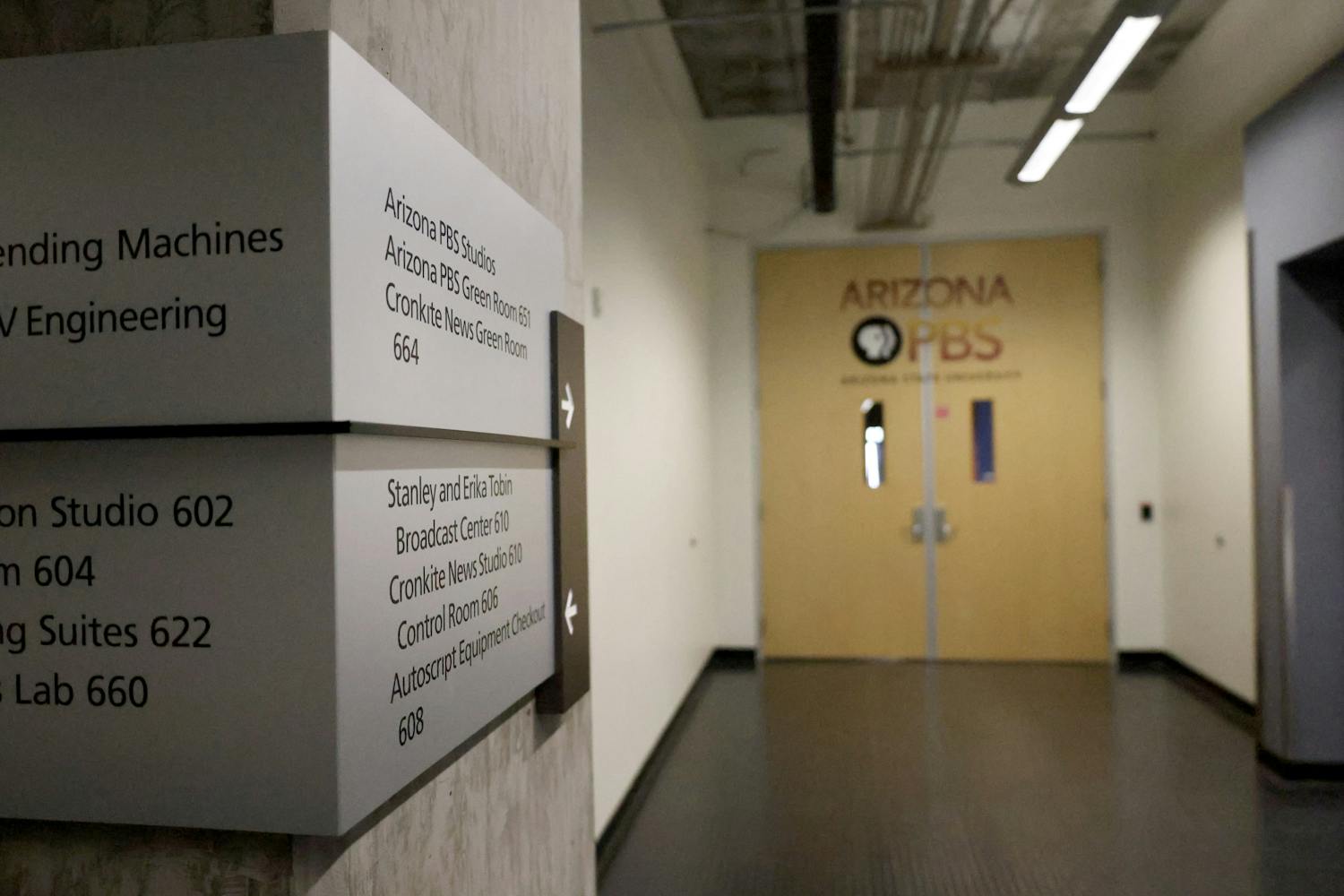As a former player and NFL head coach, ASU football head coach Herm Edwards knows a thing or two about motivating people – even if it’s through a Zoom call.
“This is the time that you need to look at you,” Edwards said. “What does your schedule look like?”
Simple but effective, Edwards’ message is one of reflection and routine. In a time where his players are planted at home due to the COVID-19 pandemic, the Sun Devils head coach is turning a problem into an opportunity for growth.
But he isn’t alone. Collegiate head coaches across the nation, including Oregon State football head coach Jonathan Smith and UCLA football head coach Chip Kelly, are having to handle the same challenge of motivating their teams to stay focused in an ever-changing world.
“We talk about controlling the controllable,” Kelly said. “What we control is our attitude and our mindset when we wake up every day and get excited.”
Edwards, Smith and Kelly all enter their third years with their respective programs. On May 13, the trio came together over Zoom to talk about how they’ve motivated their players during the COVID-19 pandemic in a Pac-12 football coaches media webinar.
Dealing with the changing news
From the shutdown of all-major sports in mid-March to now, the future of the sports landscape is all up in the air.
Due to the coronavirus, sports leagues have been hastily attempting to construct plans to safely start or reopen their seasons. But none have been able to fortify a plan as circumstances change quickly.
This includes the NCAA itself, as president Mark Emmert said he would not mandate a uniform return to sports, saying to EPSN's Heather Dinich, "it will be the local and state health officials that say whether or not you can open and play football with fans."
As for Kelly, Smith and Edwards, it’s been a challenge to prepare for a season that may not happen.
“We’re always learning. It’s almost like we’re learning on a weekly basis,” Smith said at the webinar. “We don’t know exactly how long this tunnel is.”
For Edwards, the last few months has kept him on his toes. To him, the rampant news cycle, whether it be related to the pandemic or how it affects his sport, is similar to the twists and turns of a football game, having him constantly adjusting his plans.
“A plan that can’t be changed is a bad plan,” Edwards said. “You’re one play away from looking at your game plan and being like ‘this doesn’t work.’”
With the Bruins, Kelly has approached the last few months with every intention that the season will start in late August. The circumstances regarding the sport may be constantly changing, but Kelly knows that his team needs to be ready regardless.
“No one has told us that we’re not playing. No one has told us that we are playing,” Kelly said. “We don’t want to be surprised.”
The virtual locker room
For Smith, his players may be away from each other physically. But socially, it’s almost as if they never left.
Since the start of the pandemic, Smith has made a concerted effort to bring his team closer together. The Beavers have had various bonding exercises, including a Madden football video game tournament in which Smith found himself get blown out in.
And as a change of pace, Oregon State has had players from different positions meet with each other in groups to chat and reconnect.
“When we all separated, the guys missed each other the most,” Smith said. “They missed the interactions.”
At ASU, Edwards has been busy staying in touch with all of his players. He specifically noted he communicates every other day with his starting quarterback, rising sophomore Jayden Daniels.
“I’m in direct communication with them a lot,” Edwards said. “Players are dialed in right now because they know that this is going to come to an end.”
Mental check-ins, for both players and staff
At Oregon State, Smith understands that being away from teammates and friends can feel isolating. Since the start of the pandemic, the Beavers head coach has made sure that his players are not just okay physically, but also mentally, as trainers and strength staff members have checked in on players weekly.
“It is important because this is different man,” Smith said. “There’s a lot of things going on and each kids’ situation is different at home.”
With UCLA, Kelly has made an effort to make sure players aren’t “getting excluded” from a social standpoint. The mental health of his players has become a priority for his program, he said.
And the Bruins players aren’t the only ones who are getting a check-up. Even Kelly himself has gotten a wellness check-up.
“What you do miss is that camaraderie in the locker room,” Kelly said. “Just hanging out in the locker room and not talking about football, talking about life.
“It’s a physical distancing that we’re going through right now not social distancing.”
Reach the reporter at kbriley@asu.edu and on Twitter @KokiRiley.
Like The State Press on Facebook and follow @statepress on Twitter.




